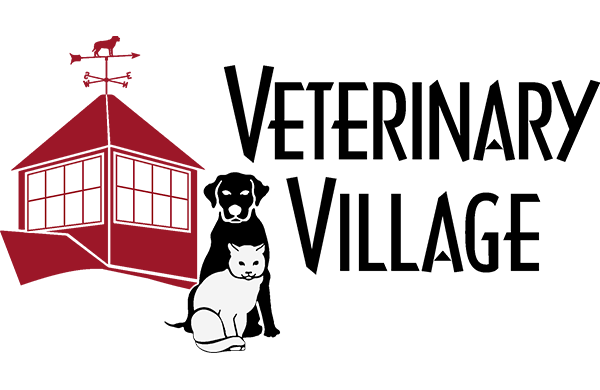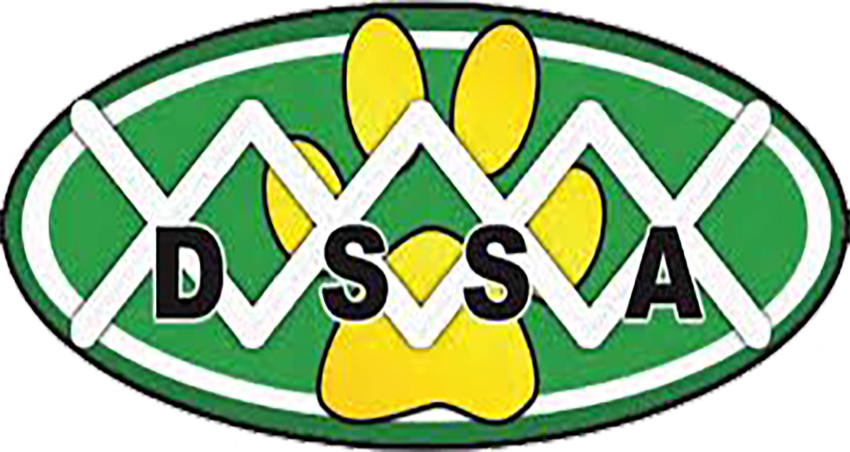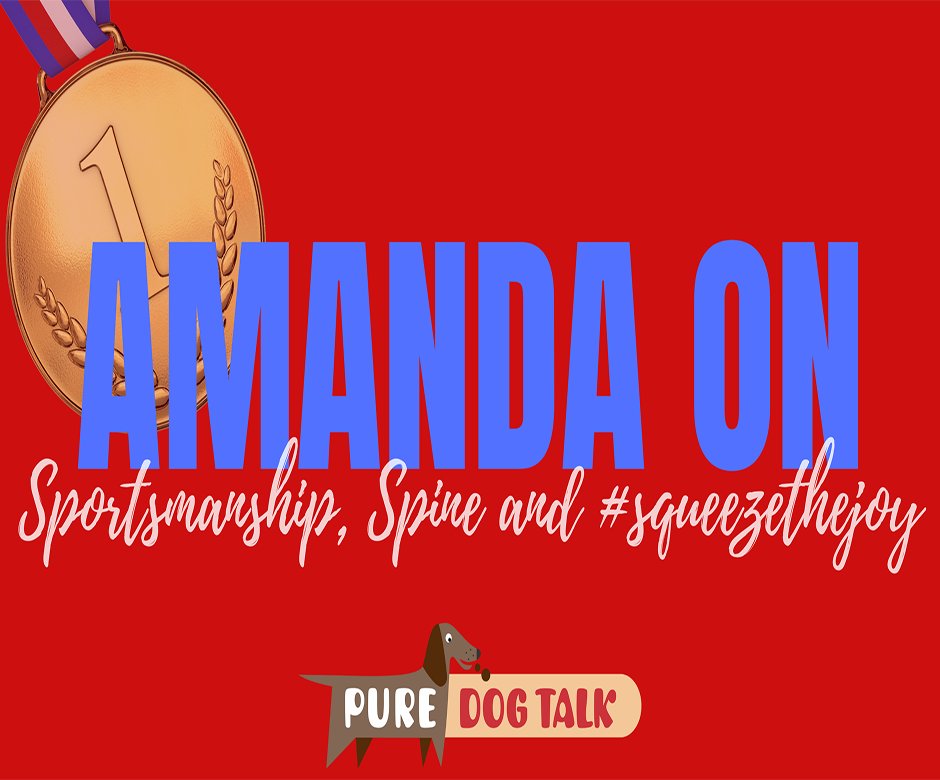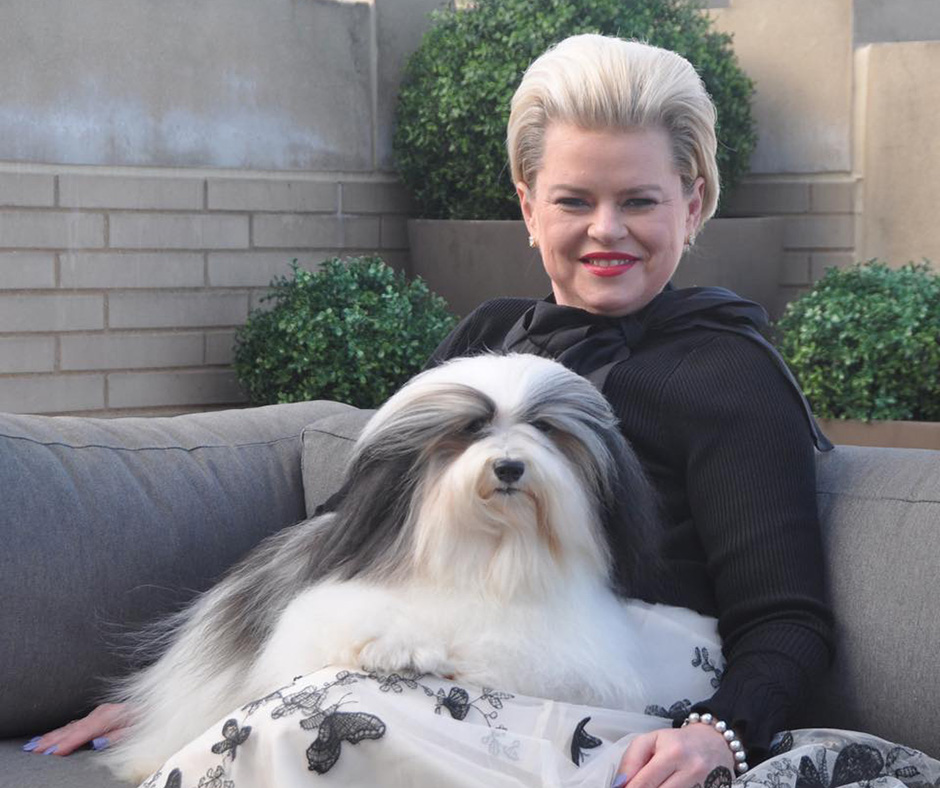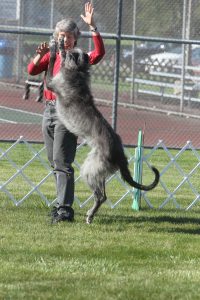370 – How Judges Decide Placements: Conformation and Obedience
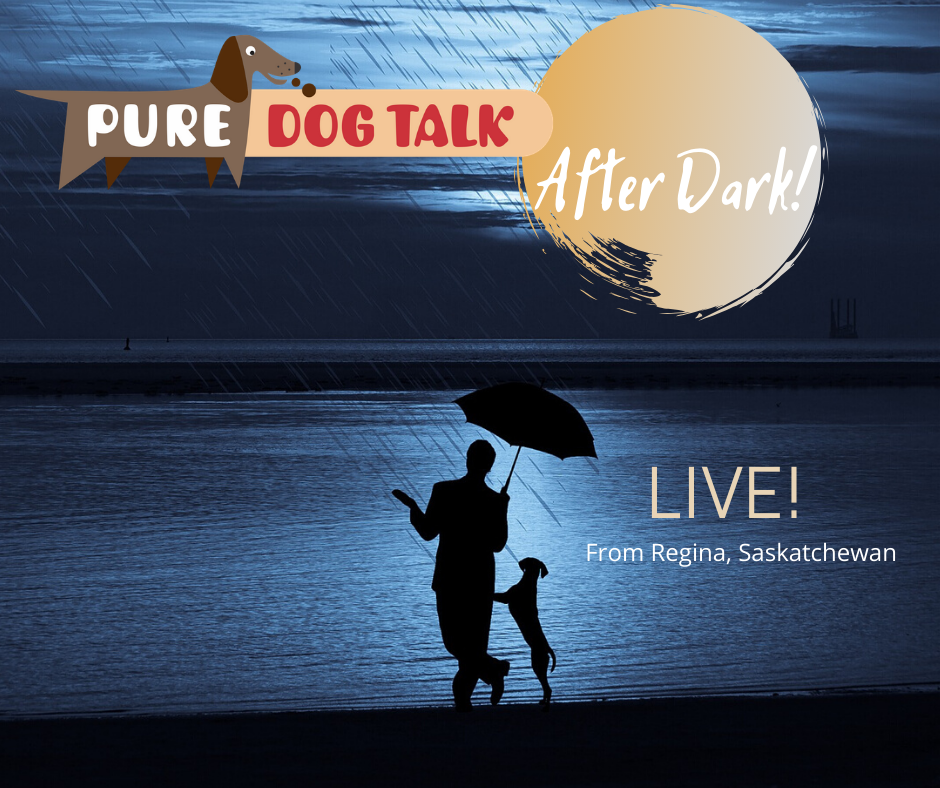
How Judges Decide Placements: Conformation and Obedience
Part two of our panel discussion at the Regina Kennel and Obedience Club’s Prairie Christmas Dog Show with an international coterie of judges focuses on: the details of breed type and presentation, exercising patience, judging uncropped and undocked dogs, legislation and growing our sport.
From Sue-Ellyn Rempel on making a final placement:
“I guess for me general outline for starters and then movement is very breed specific for me. So I kind of go by that…. they have to scream German Shepherd … a lot of times we get … a class of 5 and they’re all generic … they get from point A to point B really well they stack and their moderately angulated like the breed should be but they’re not smooth, they don’t flow in the correct way…. like the make and shape difference in the shape from a Great Dane to a whippet… whippets you want the beautiful soft gentle curves… that’s gotta hit me right away… when I look at them, that they are the right shape and then when they take the steps, that puts the picture together for me.”
From Frances Smith on what she sees in the ring:
“I find it very important to reward the breed specific, unique characteristics because (there are) a lot of generic dogs, too many generic dogs, too many dogs that finished championships that really… shouldn’t be … because supposedly a champion is a superior specimen of the breed. So it’s up to us to keep the quality and to reward those breed specific points because without them we lose those identifying points of each breed. I want to add another thing that’s very important, temperament, which is also one of the 6 points in type, … because the temperament has to belong to the breed …without the correct temperament I don’t care if a dog is extremely showy, he’s gotta have the breed’s temperament. I don’t want just a fancy dancer in the ring … I don’t want to see a dog jumping and doing things that aren’t typical of his breed.”
From Diana McKenzie on changes she’s seen in her time in the sport:
“There’s been a ton of changes over the years in obedience … even training methods OK these days are so different from what they were 20-30 years ago. … unfortunately a lot of people go into obedience and they think it’s easy. OK rally is easy, yes. Obedience is not easy. It is not a given and it’s something that you as a handler have to work with your dog to attain a nice working relationship with and train the behaviors. Rally is easy to me, I shouldn’t say it’s easy to everyone, but it’s a wonderful venue to train with your dog and teach your dog in a positive way how to move its rear end and be aware of its rear end movement which a lot of people don’t do. (That’s) just one small thing that you can think of to work with them. Fronts, finishes, drops, all of that are in rally obedience as well as the heeling, so when you see a team in rally obedience and they are true team it’s wonderful. … in obedience … over the years training methods are changing. Corrections, harsh corrections, are becoming less and less used (people are) more into the purely positive methods. That’s wonderful, if you know how to do it properly. A lot of people don’t, therefore they get a brat in a dog that goes in (and says) “I don’t have to ’cause there are no consequences…”
Our Valued Corporate Sponsors:
Our Esteemed Advertisers:
Our In-Kind Supporters:
KNOWLEDGE IS POWER — FRANCIS BACON
When you become a patron of Pure Dog Talk you’ll tap into an exclusive community of experts to help you and your dog be blue-ribbon best at whatever you do with your purebred dog! Your support helps keep the MP3's rolling at Pure Dog Talk!
As a supporter, you’ll immediately gain access to the weekly Pure Pep Talk SMS, Pure Pep Talk private Facebook group, and priority emails. Patrons can choose to level up to the After Dark Zoom and a Patrons Digital Badge for their website— even a private counseling session with Laura on any topic.

DON'T MISS AN EPISODE!!





